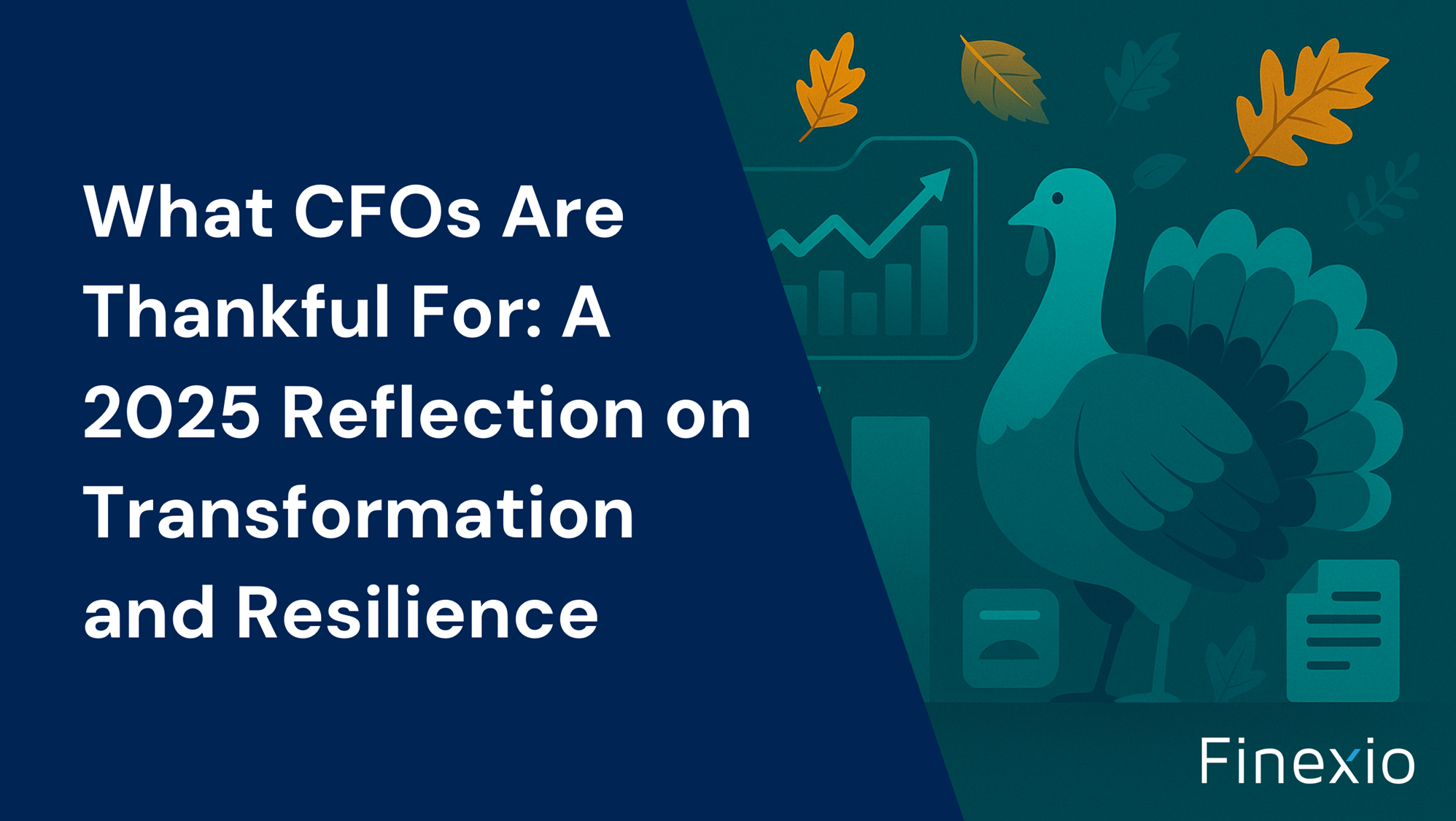Structural Changes Attract Customers, Investors to Fintech


For decades, customers and investors were at the mercy of traditional financial services companies. Whether you like the companies and their business models or not, if you wanted payment, loan or deposit services, that’s where you had to go from the customer point of view. If you were an investor who wanted to diversify into financial services, the question was similar because there wasn’t much differentiation between the various options.
Today, fintech has revolutionized the playing field in financial services for customers and investors. Customers can choose to take some or all of their business outside of the traditional financial services arena just as investors can favor fintechs over traditional banks, investment companies and other financial services firms.
The pandemic has only speeded the transition to more choice and more democracy within financial services for both consumers and investors as fintechs continue to build muscle.
In a B2B CashFlow Conversations Podcast hosted by Finexio CEO and Founder Ernest Rolfson, Rolfson interviewed Marwan Forzley, CEO and Founder of Veem, a domestic and international B2B payments company.
“It used to be, pre-pandemic, that we would shop in-person first and then online for what we couldn’t find at the local stores,” Forzley said. “Today, we shop online first unless you’re really stuck and can’t wait for something to get shipped — that’s one trend. The second trend is that it used to be you’d start a business, open an office, find people to work there and pay them by direct deposit from a bank. Today, with so many people working remotely, your staff can be from anywhere and you need to be ready to pay them anywhere.”
“There’s also the rise of more types of payments both domestically and overseas,” he continued. “I think crypto [currency] is here to stay despite the dismissiveness of many who believe that it won’t remain because of a lack of intrinsic value.”
“There’s a big takeaway here that many people don’t understand crypto and that it’s not going anywhere,” agreed Rolfson. “It’s very serious and very real.
Rise of fintechs as neobanks
Forzley also spoke on other trends he is seeing. “The rise of neobanks is interesting in that fintechs are offering services and experiences that are encroaching on the territory of banks but are different than banks,” Forzley said. “I think we are going to see more B2C and B2B neobanks. The market is complicated, so it requires massive simplification over a long period of time, which means that a number of players will emerge to make that happen.”
“It sounds like you’re in the right spot,” commented Rolfson. “What are your thoughts on the timing and speed of payments and how that is evolving?
“This is a great topic — thanks for bringing it up,” Forzley replied. “I think the work Finexio is doing in this area is quite valuable for customers. Capital and payments are close cousins. If you ask a customer what else you can do for them, besides payments, they usually ring up lending. I think there is a lot of room in this market, which will be a key area in the future.”
In 2020 Finexio launched FinexioCash™, which allows suppliers to get paid upon invoice approval. The solution was designed specifically to help U.S. mid-market companies and their suppliers unlock much needed cash to survive and thrive in a more volatile world.
“There is a natural connection,” Rolfson said. “I really think of fintech and what Veem and Finexio are doing as being akin to rail and infrastructure providers. This is stuff that banks could and should do because at the end of the day, everyone has a bank account. It is incumbent upon us as fintechs to make these products and services available in one package, because customers are starting to use Veem, Finexio and others without even thinking to call Chase, Bank of America, or other traditional banks. This is becoming more natural behavior.”
“Customers don’t think twice, when they get in an Uber for example, how they are going to pay for it,” Rolfson continued. “Because they can just press a few buttons on their phone. There is an opportunity for Finexio, Veem and other fintechs to bundle these products and services together that are beneficial for the consumer.”
“This is the reason why fintech exists,” Forzley said. “We provide what is not being offered by traditional providers like banks.”
More choice for investors
For investors, the rise of neobanks and fintechs are filling the gaps left open by banks and creating their own niches, offering abundant investing opportunity. A number of prominent fintechs are expected to go public in 2022, including Stripe, Instacart, Klarna, and Chime. This is following a banner 2021 in which Robinhood, Blend, Freshworks, Remitly, NerdWallet, Expensify, Nubank, Coinbase, Billtrust, Metromile and SoFi all went public.
Going forward, both investors and consumers in both B2B and B2C are likely to benefit from more choice and innovation.
Want to learn more about Finexio? Book a Consultation to speak with a B2B payments expert and start saving time and money.
Be sure to check out this episode of our ‘B2B Cashflow Conversations’ podcast with Marwan Forzley, Founder & CEO of Veem.
Get the free Newsletter
Get the latest information on all things related to B2B and electronic payments delivered straight to your inbox.




